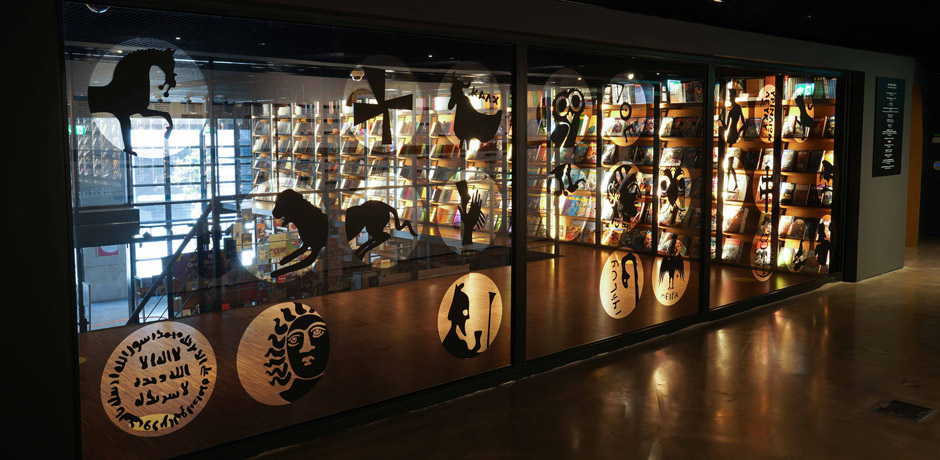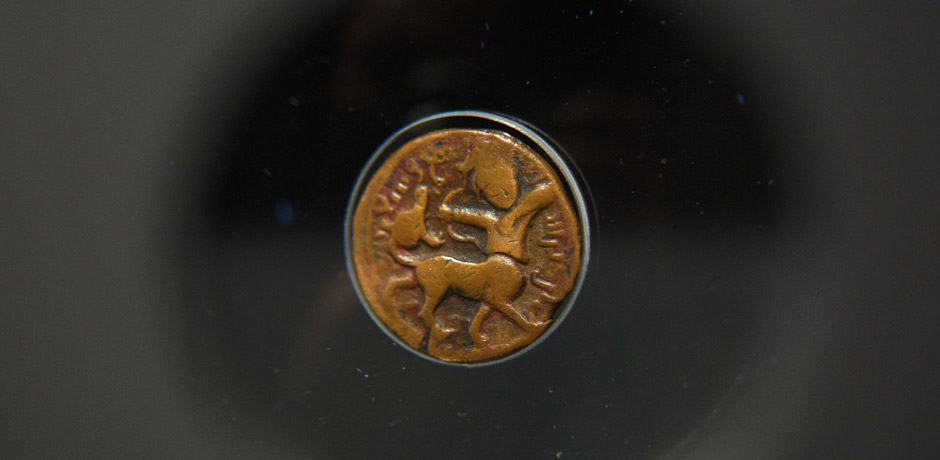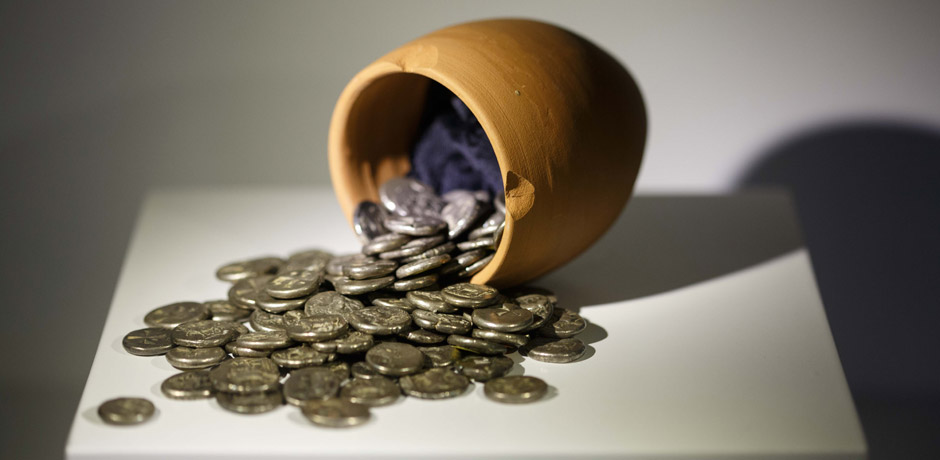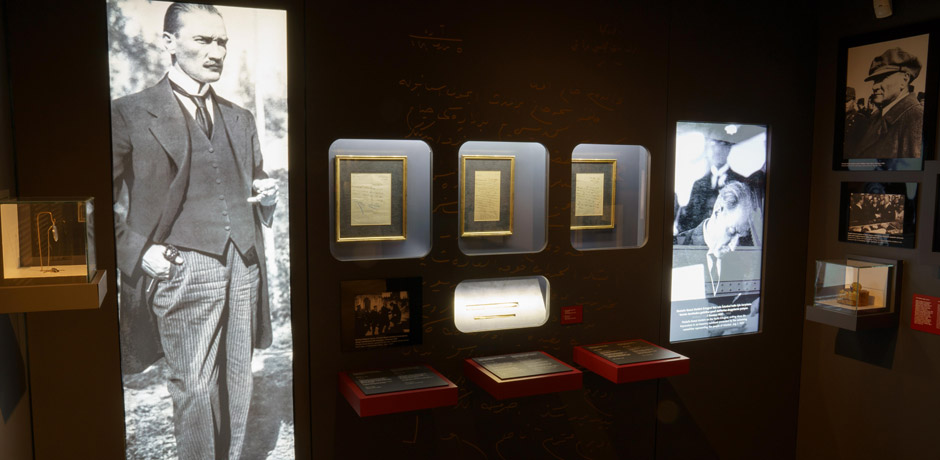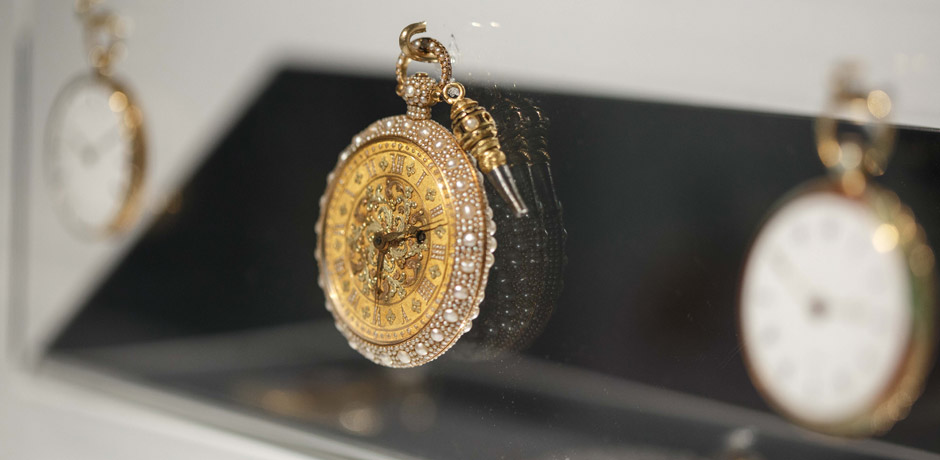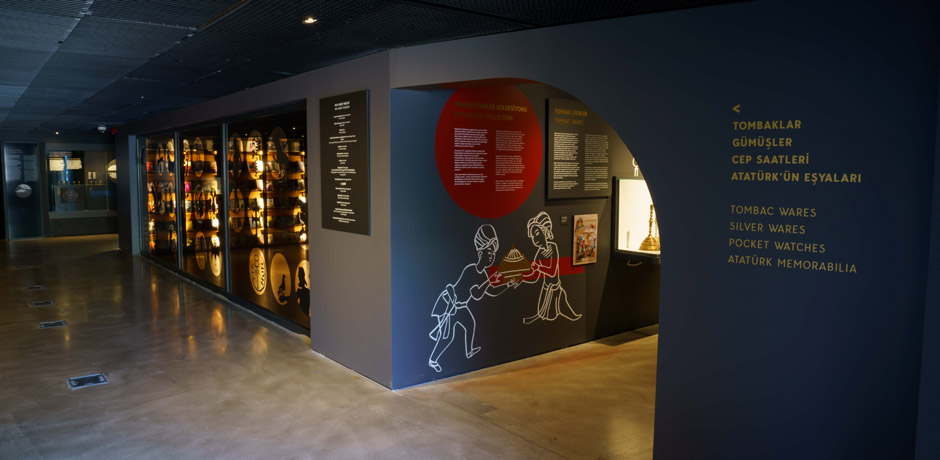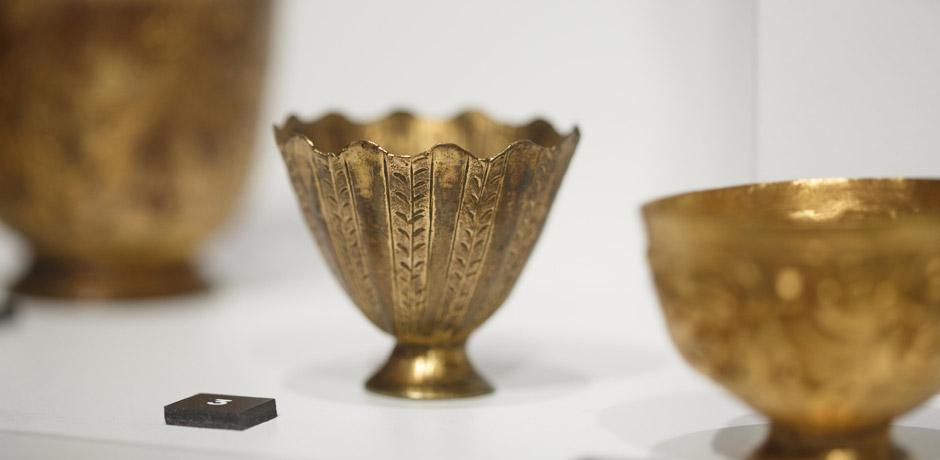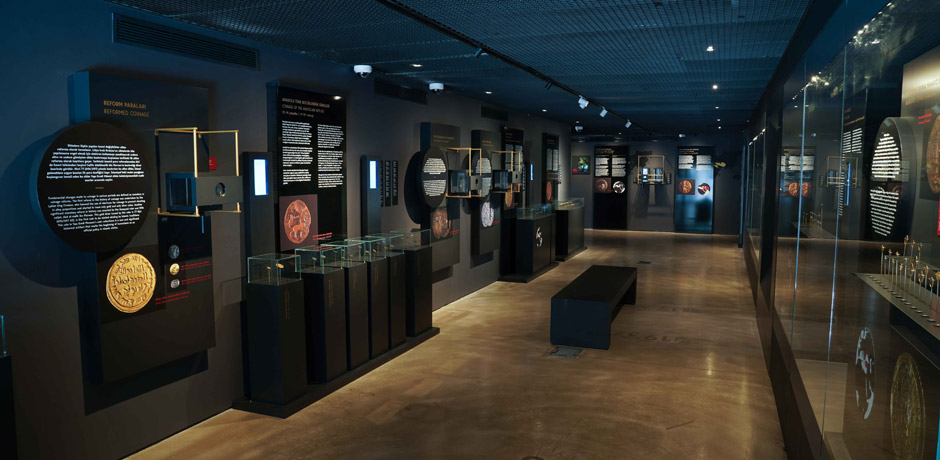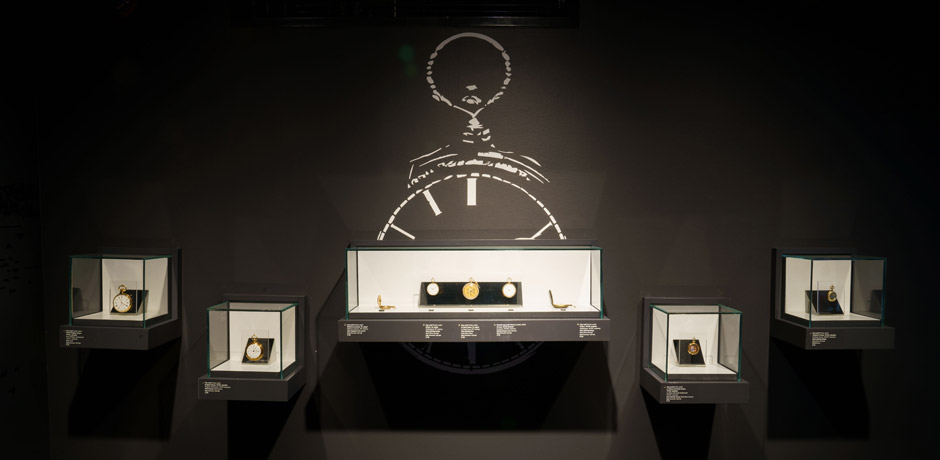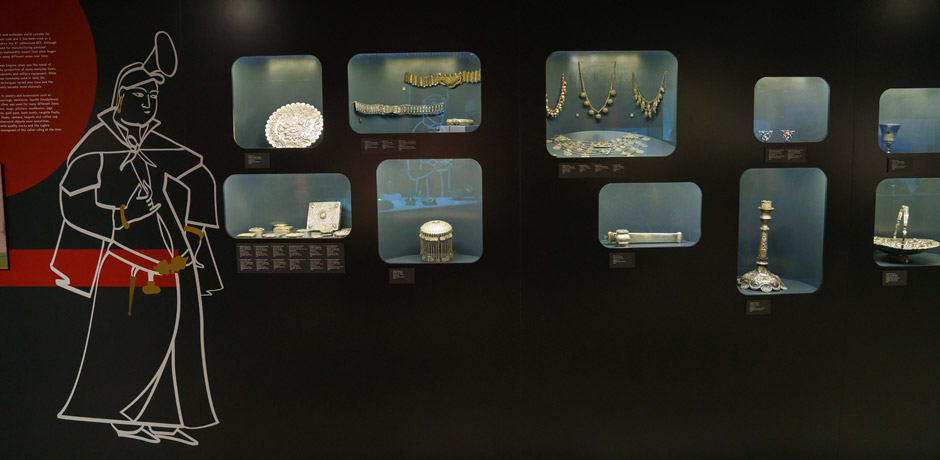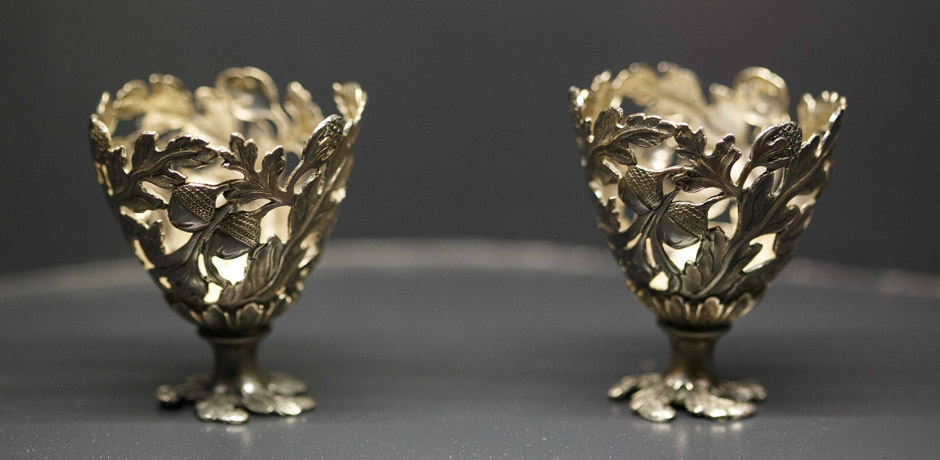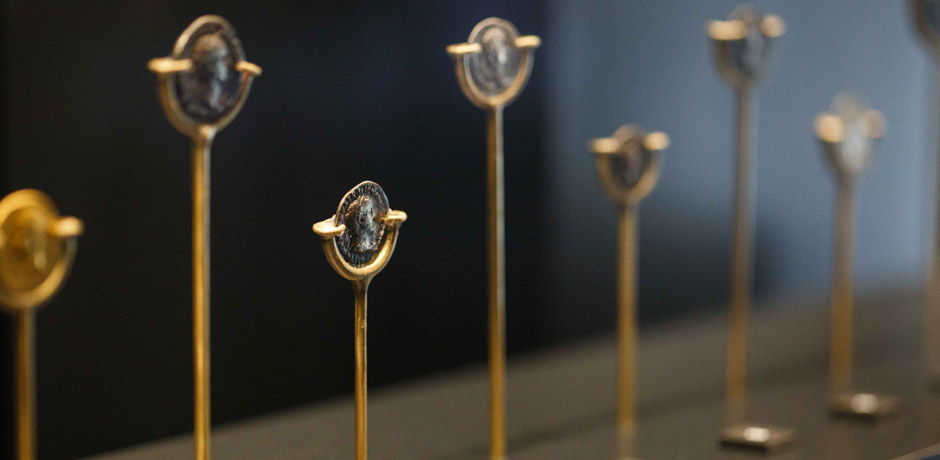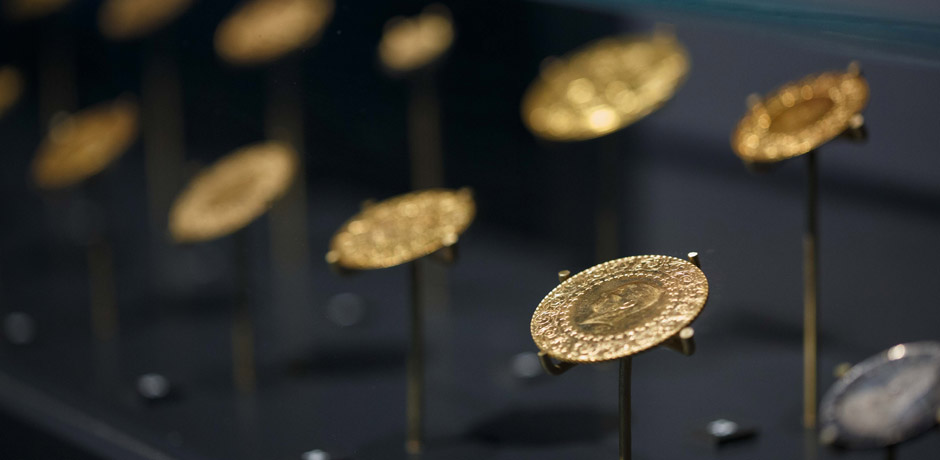Yapı Kredi Museum
Welcome to Yapı Kredi Museum.
Kâzım Taşkent, who founded Yapı Kredi Bank in 1944, augmented his efforts in creating surplus value in the economy with initiatives in patronage for culture and arts. Kâzım Taşkent adopted Atatürk’s statement “A nation without art has lost one of its vital vessels” as a principle, established the “culture and arts consultancy” department within the bank and entrusted the management of this department to Vedat Nedim Tör.
Another important initiative to further the preservation of Turkey’s cultural heritage was the establishment of Yapı Kredi’s collections in 1953, which were undertaken with the involvement of prominent Turkish intellectuals and writers like İbrahim Hakkı Konyalı and Şevket Rado. The collections grew over time with the acquisition of objects from domestic and international auctions and from private collections. In 1992, Yapı Kredi Museum was established as a private museum under the Ministry of Culture and Tourism and since then Yapı Kredi’s collections have been preserved and placed on display for visitors to Yapı Kredi Museum.
We feel honored by the privilege of sharing this meticulously prepared exhibit of selected objects from Yapı Kredi Museum’s collections in our renovated exhibit halls with interested researchers and visitors curious about Turkey’s multi-layered cultural heritage.
Yapı Kredi Museum’s collections are preserved and presented in two sections, Numismatics and Ethnographic Works.
The Numismatics section, which contains more than 55,000 objects including coins, medals and decorations constitutes the main body of the museum’s collections. Among the notable private numismatic collections in the world, Yapı Kredi’s numismatic collection in is particularly significant for its chronological integrity. Although the main corpus of this collection consists of coins from Islamic states, it is rich and diverse enough to establish a chronological chain of the history of money from Ancient Greek and Roman coins to the early Turkish Republic period. A selection of 250 electrum, gold, silver, and copper coins from the collection, which enable us to trace the 2,600-year political, economic and cultural history of the vast territory covering Athens and Pergamum, Rome and Istanbul, the Arabian Peninsula and Spain, are presented in this exhibit taking the visitors on a historical journey of money.
The Ethnographic Works section includes over a thousand distinguished works of Turkish-Islamic culture from the 16th century and later. Pieces of tombac (gilt copper metalwork), silverwork, pocket watches, and personal belongings of Mustafa Kemal Atatürk are preserved in this section.
